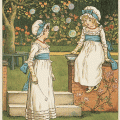2019 Outwin Boochever Portrait Competition
A Latinex artist has won the prestigious portrait competition, which this year features works that respond to current political and social contexts.
The Smithsonian’s National Portrait Gallery has announced artist Hugo Crosthwaite as the first-prize winner of the fifth triennial Outwin Boochever Portrait Competition. Crosthwaite is the first Latinx artist to receive this prestigious award since the national competition was founded in 2006. His prize-winning stop-motion drawing animation, “A Portrait of Berenice Sarmiento Chávez” (2018), recounts a woman’s journey from Tijuana, Mexico, to the United States in pursuit of the American dream.
The Outwin 2019: American Portraiture Today presents nearly 50 portraits that were selected through an open call that garnered more than 2,600 entries from artists working across the United States and Puerto Rico. For the first time in the triennial’s history, the museum specifically asked that submissions respond “to the current political and social context,” and this resulting presentation offers perspectives on some of today’s most pressing issues.
Co-curated by the Portrait Gallery’s Dorothy Moss, curator of painting and sculpture and performance art, and Taína Caragol, curator of painting and sculpture and Latinx art and history, this year’s exhibition addresses themes of socio-political relevance, including immigration, Black Lives Matter, urban youth, the status of American workers, gun violence and LGBTQ+ rights. The work spans a variety of media and includes performance art for the first time with the debut of Sheldon Scott’s “Portrait, number 1 man (day clean ta sun down)” (2019). In tribute to the hours worked by his enslaved ancestors in South Carolina, Scott will perform from sunrise to sunset every day from Oct. 26 through Nov. 2 except Sunday. Visitors will be able to witness the performance during museum hours from 11:30 a.m. to 7 p.m.
First Place
Hugo Crosthwaite
Set to the soundtrack of a dissonant guitar and a raspy voice singing in Spanish, this animated video reveals the dreams and experiences of a young woman from Tijuana who seeks to take part in the American Dream. Black ink, gray wash, and white paint—applied by the invisible hand of the artist—take turns to expose Berenice Sarmiento Chávez’s humble background and the threat of violence in her home country that pushed her to immigrate to the United States. The film suggests that the immigration journey is seeded with constant danger,especially for women and children.
This video is part of a series based on artist Hugo Crosthwaite’s interviews with people who are living in or are passing through Tijuana. The resultant improvised drawings represent the collective memories and oral histories from that part of the Mexico-U.S. border.
Second Place
Sam Comen
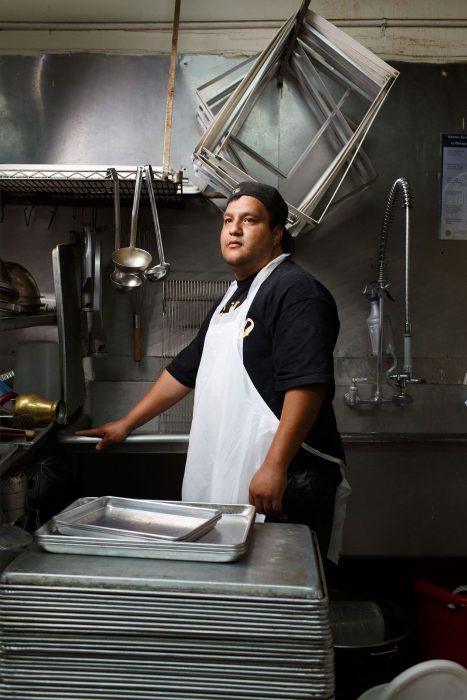
Jesus Sera, Dishwasher
Inkjet print, 2018
Collection of the artist
Against a forest of kitchen utensils and stainless steel, his gaze directed upwards and bearing a slight smile, Jesus Sera projects dignity and pride. This portrait is part of Sam Comen’s Working America series, in which he examines the experience of American immigrant workers in Los Angeles. Comen’s work is rooted in twentieth-century portraits of workers, as exemplified by photographers such as August Sander and Irving Penn. He trains his lens on first- and second-generation American dishwashers, carpenters, shoemakers, bakers, and tailors. His empathetic portraits celebrate the subjects’ diligence, creativity, and entrepreneurial spirit.
More broadly, Comen’s documentary portrait projects address themes of American identity, immigration, democracy, and social justice.
Third Place (Tie)
Richard Greene
Monroe, LA
Inkjet print, 2016
Collection of the artist
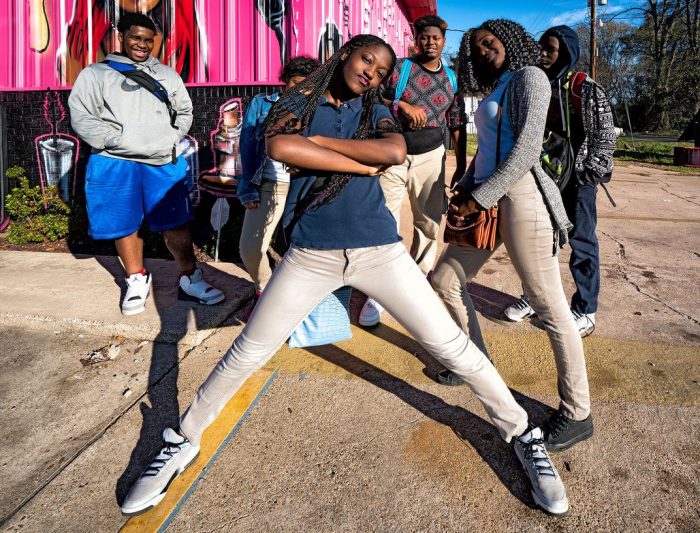
Monroe, LA
Inkjet print, 2016
Collection of the artist
In this portrait of carefree teenagers passing the time outdoors on a sunny afternoon, the boldest fronts the group, posing proudly for the camera. With arms crossed and a playfully defiant head-tilt, she asserts her presence with a joyful fearlessness. To her left, another girl bears an expression of sweetness and attitude. The boys in the back look toward the figure in the front row and smile. Shades of blue smattered across the picture plane and the hot pink building in the background accentuate the group’s energy and dynamism.
Richard Greene captured this picture of teen spirit while passing through a town in Louisiana on a coast-to-coast road trip. A trained classical violinist and bluegrass fiddle master, Greene has been passionate about photography since his teenage years. He identifies expression, innovation, technique, and composition as the pillars of his artistic practice, as both a musician and as a photographer.
Third Place (Tie)
Wayde McIntosh
Legacy
Oil on Dibond, 2017
Collection of the artist
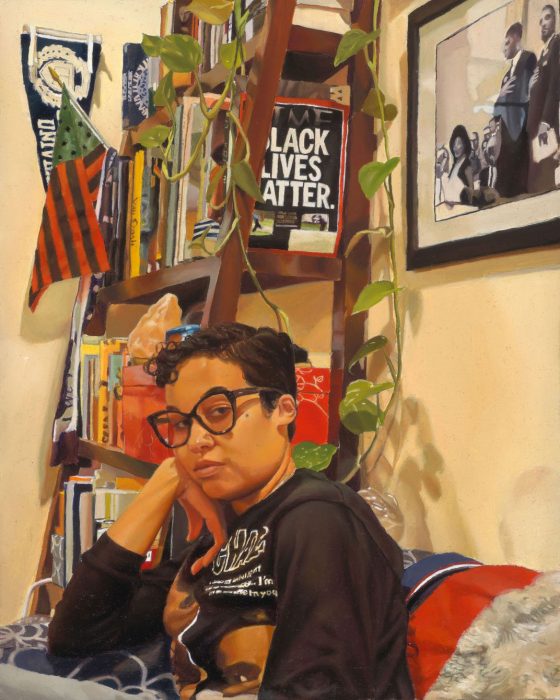
Legacy
Oil on Dibond, 2017
Collection of the artist
In this portrait, a woman regards us while we scan every detail of her surroundings: a packed bookshelf, a cascading houseplant, and a photograph of two men with their right hands on their hearts. For artist Wayde McIntosh, the setting should reinforce the sitter’s history and character, as is the case here.
This likeness is of McIntosh’s friend, the painter Jordan Casteel, who is known for her expressive portraits of African American men. As the granddaughter of civil rights leader Whitney Young Jr., Casteel carries on his legacy of asserting the dignity of people of color. McIntosh pays homage to that family continuum in this small painting. The sitter and every object—the photograph of Casteel’s grandfather with Dr. Martin Luther King Jr. at the 1963 March on Washington, the Black Lives Matter issue of Time magazine, and David Hammons’s iconic artwork African American Flag—are symbolically interlinked.
Commended
Natalia García Clark
This silent video by Natalia García Clark is framed by the question: “How many steps will it take me to disappear from your perspective?” As the artist’s body enters the expansive landscape, the video camera becomes a stand-in for the viewer. García Clark then walks straight ahead, away from us, toward the horizon. This is not only a video performance of a figure walking into the distance but also a measuring tool that equates existence with being a part of someone’s field of vision. For the viewer, the subject’s steps into the distance are hard to count, and the measure of the experiment becomes the time it takes to stop seeing her. Perhaps, she is simultaneously in the process of becoming visible to someone else.
Commended
Lauren Hare
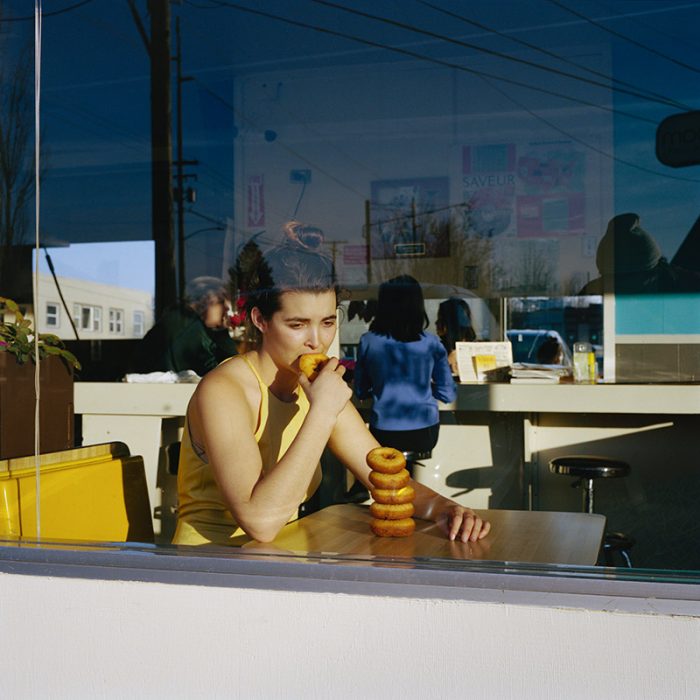
Secrets
Inkjet print, 2017
Collection of the artist
Like a film still, Secrets by Lauren Hare invites the viewer into a cinematic narrative. A scene that is at first lighthearted shifts to a darker mood upon closer looking. The young woman appears to be absorbed in her interior life as the world bustles around her, and her downward gaze emphasizes her introspection.
Hare’s photographic practice focuses on the complexities of women’s identities and the intersections between public and private realms. This portrait is part of a larger body of work influenced by the artist’s “interests in human emotion and my fascination with the power of color.”
Commended
Adrian Octavius Walker
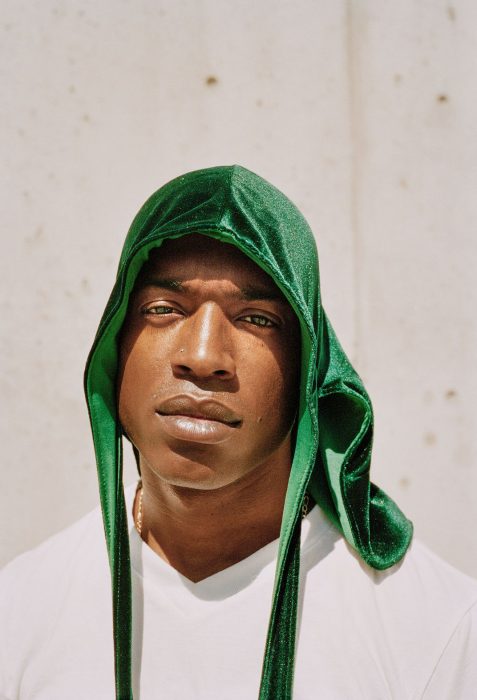
Black Virgin Mary
Inkjet print, 2018
Collection of the artist
Black Virgin Mary portrays a young man with his green velvet durag undone, framing his face like a veil. The closely cropped image draws our attention to the subject’s weary expression and the rich, glimmering texture of his headwear. Commercialized in the 1970s as a beauty implement to hold wavy hairstyles in place, durags have become culturally specific fashion statements. Since the 1990s, celebrities such as LeBron James, Jay-Z, and Rihanna have helped popularize them.
This image is part of Adrian Octavius Walker’s series We Matter, which explores male beauty traditions, how they function as signs of kinship, and how they are perceived outside of their communities. In this photograph, the sitter’s direct gaze and the reference to the Virgin Mary in the title conjure ideas of beauty and martyrdom while foregrounding the subject’s vulnerability.
To see the rest of the finalists and vote for the People’s Choice Award, visit the online exhibition.
Posted: 28 October 2019
-
Categories:
Art and Design , Education, Access & Outreach , Feature Stories , News & Announcements , Portrait Gallery


